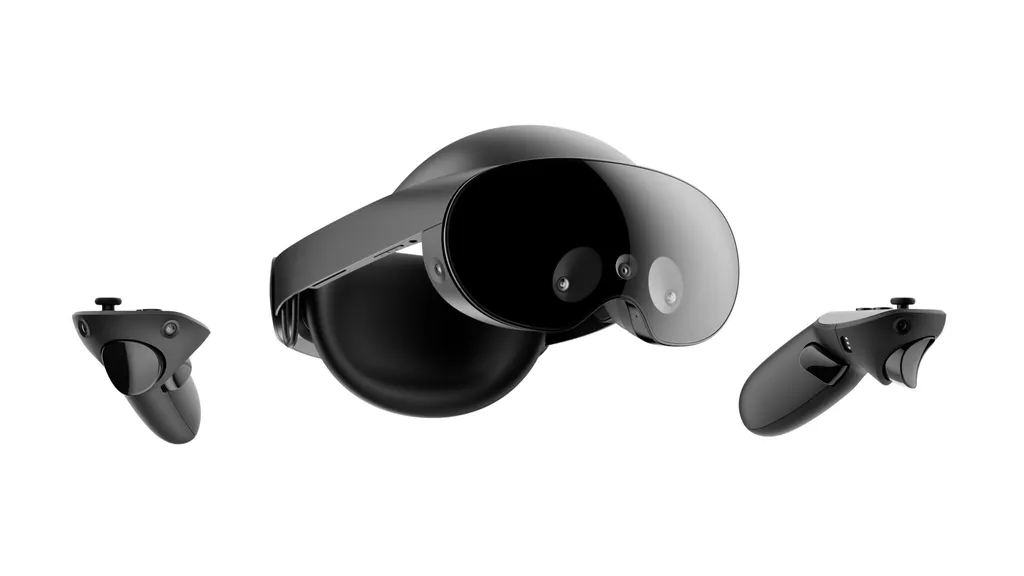Meta Quest Pro ships today for $1500.
Meta formerly referred to Quest Pro as “Project Cambria” – the codename given when it was teased at last year’s Connect. It’s neither a successor to nor a variant of Quest 2. Instead, it’s the first in Meta’s new “high-end” product line targeted at professionals, early adopters, developers, and businesses.
We’ve only had the headset for a few days, so we’re still taking the time to properly review it. You can read our initial impressions from earlier this month here.
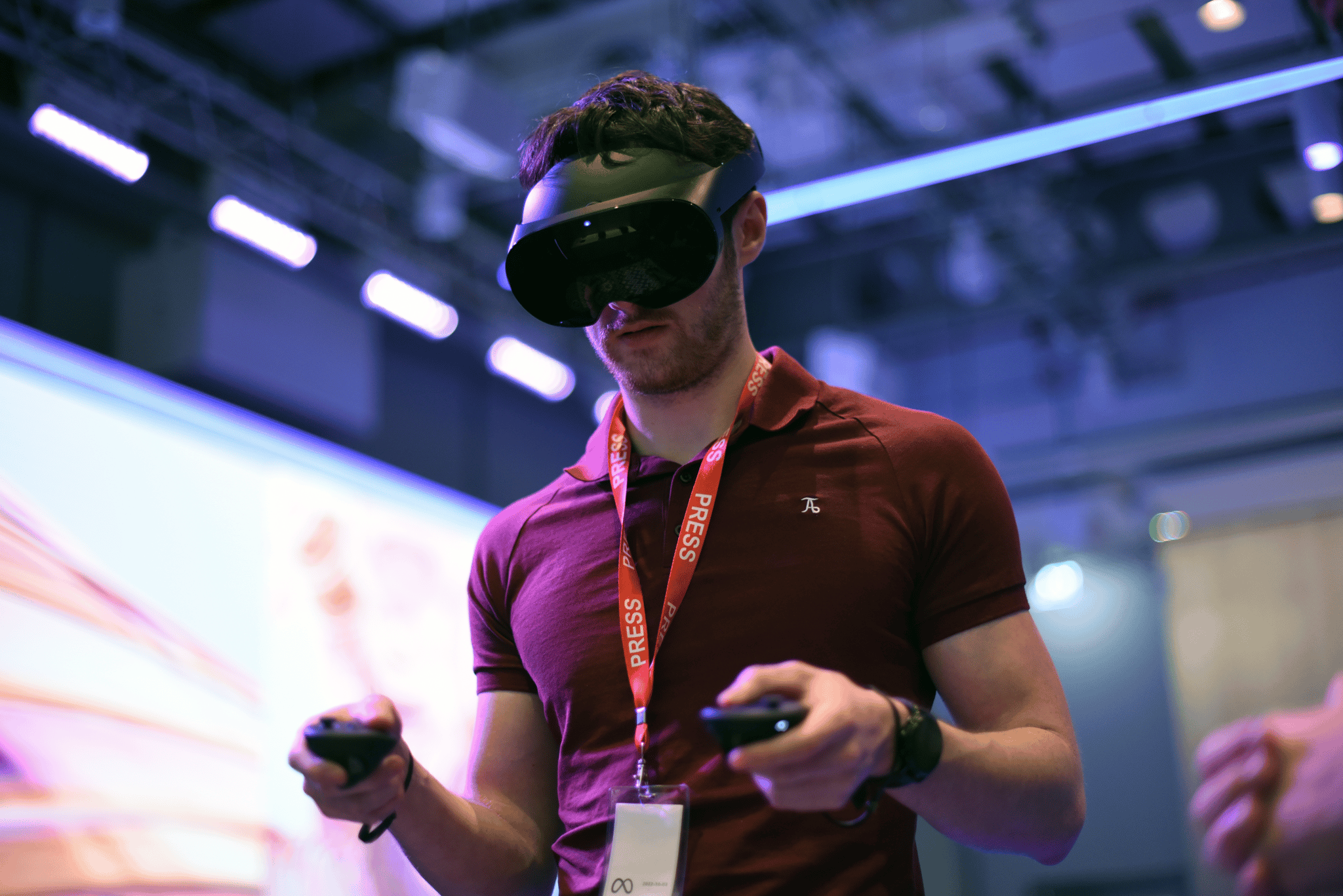
Meta is marketing Quest Pro as a headset for both virtual reality and mixed reality.
For mixed reality, it shows a 3D color view of your room reconstructed via the front cameras with virtual objects superimposed. Unlike purely VR headsets it can be worn without a facial interface, so you can still see the real world in your peripheral vision and below you. The headset rests against your forehead and doesn’t touch your cheeks.
For virtual reality (or if bright lights in your room are reflecting in the lenses) the two light blockers included in the box magnetically attach to each side of the headset. But to block out the real world below your eyes you’ll need to buy Meta’s $50 Full Light Blocker or a third-party alternative.
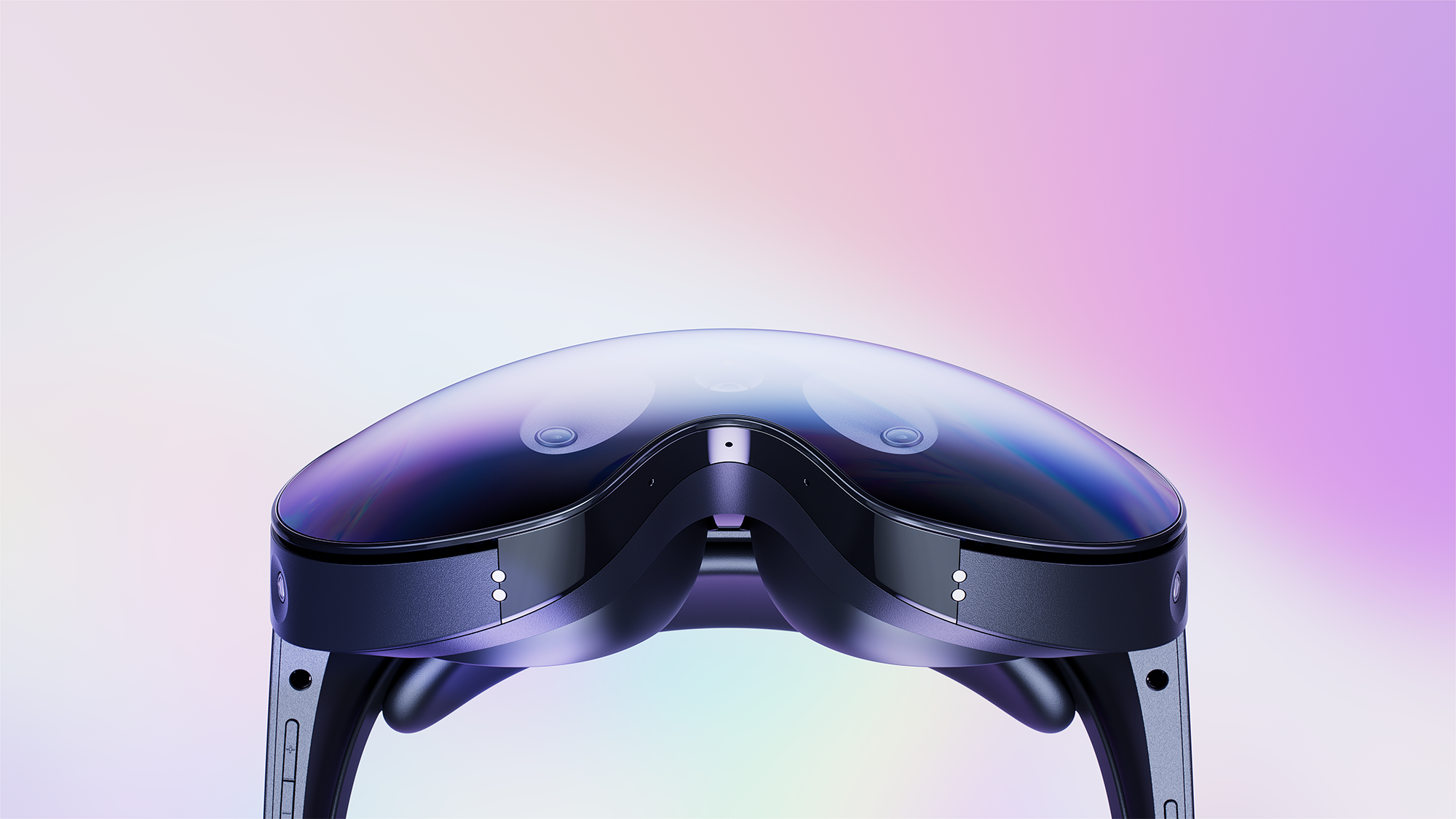
Click here for a full spec sheet & a rundown of Quest Pro’s new features.
Quest Pro has a significantly slimmer visor than Quest 2, achieved through the use of pancake lenses. Pancake lenses support smaller panels with a shorter gap to the lenses. The new lenses have better visual clarity and a 10% wider field of view compared to Quest 2.
Whereas Quest 2 only offers three preset lens separation distances, Quest Pro’s lenses are continuous to support a wide range of interpupillary distances (IPDs).
The battery is in the rear of the strap to act as a counterbalance, and Meta said it will last between 1 and 2 hours depending on the content. While the overall device is actually heavier than a Quest 2, the visor itself is noticeably lighter.
It features dual 1800×1920 advanced LCD panels with quantum dots and local dimming mini-LED backlights, which result in a 30% wider color gamut and 75% more contrast than Quest 2. That resolution is lower than Pico 4 – but it’s slightly higher than Quest 2’s roughly 1720×1890 pixels per eye.
Quest Pro is the first headset to use the Snapdragon XR2+ chip. Meta said it has “50% more power than Quest 2 with better thermal dissipation, resulting in significantly better performance”. However, a representative told UploadVR that figure “refers to the increased SoC power that supports additional sensors and new use cases”, and apps not using these new features will only have “a little more performance headroom”.
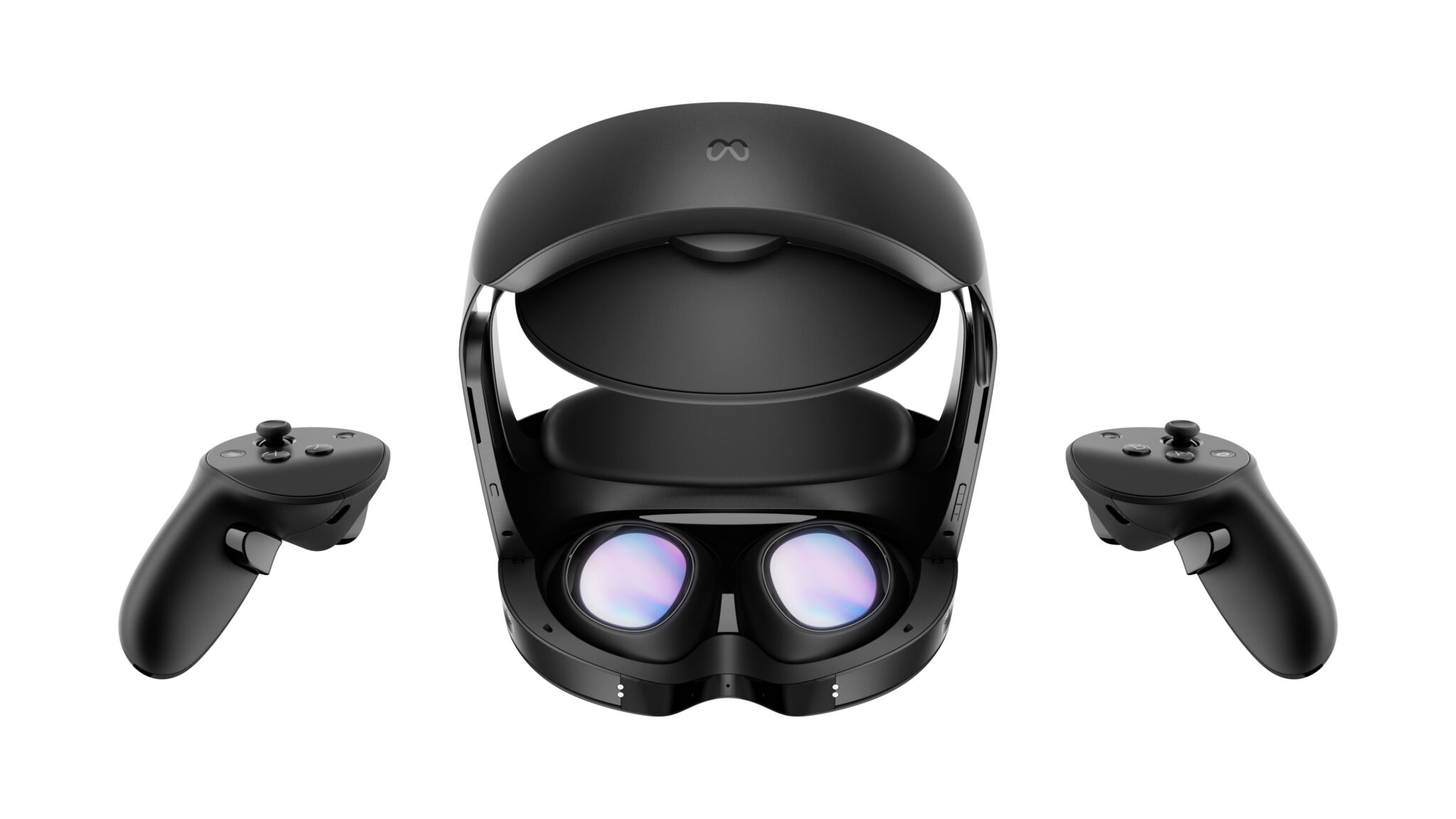
Quest Pro has eye tracking and face tracking, so your real-time gaze and facial expression are mapped to your avatar. A total of five internal cameras are present: one for each eye, one for your upper face, and two for your lower face. The three face cameras should, in theory, provide higher fidelity face tracking than HTC’s one camera add-on for Vive Focus 3.
Eye Tracking is optional, but if you turn it on you’re guided to set the lens separation precisely for your IPD, and Eye Tracked Foveated Rendering is enabled – the technique where only the small region of the display you’re currently looking at is rendered in full resolution, thus freeing up performance since the rest is lower resolution.
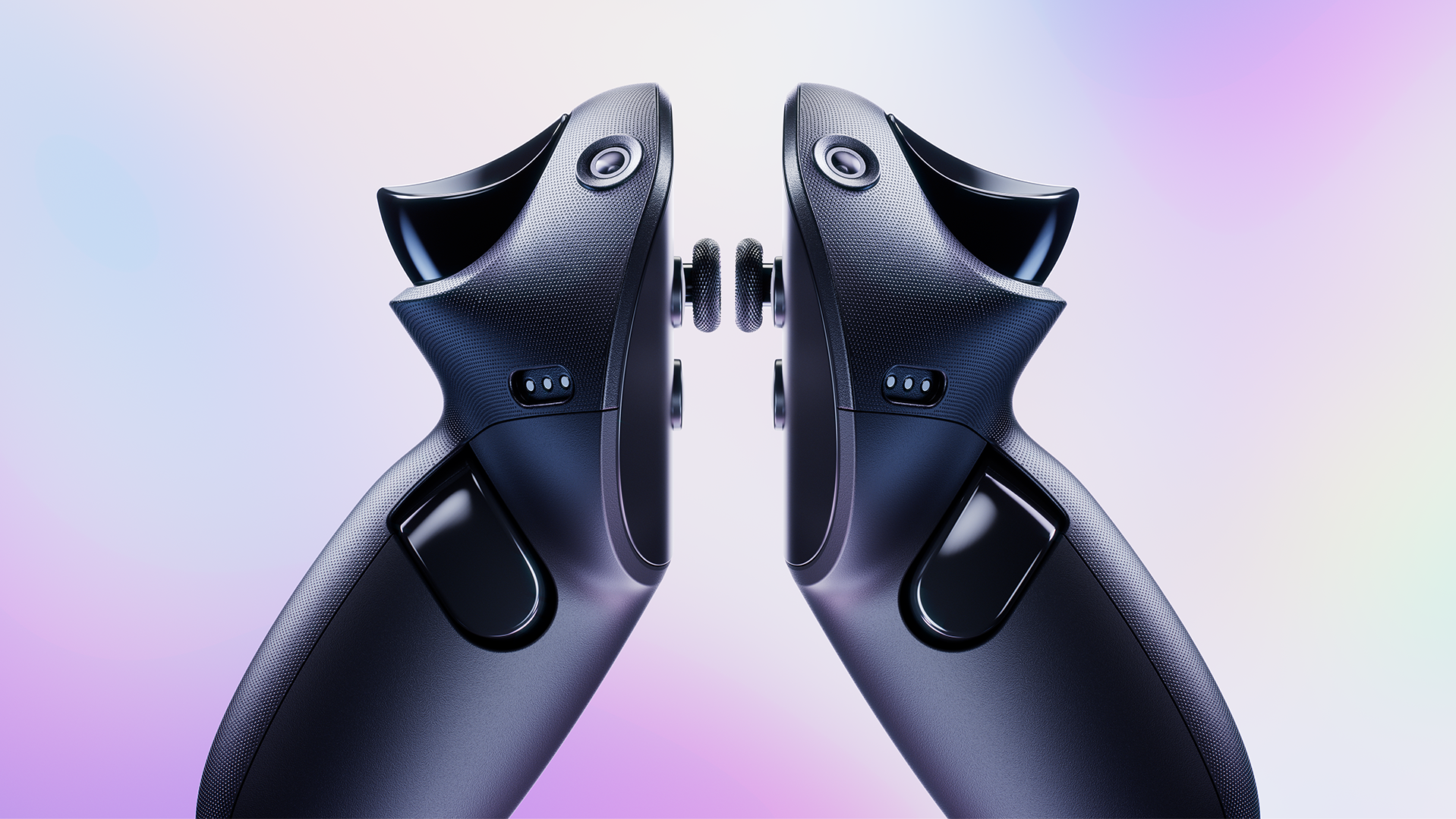
The included new Touch Pro controllers are self-tracking, with three cameras and an onboard chipset, meaning tracking works in a full 360 degree range of motion. They have new features including three motors for precise haptics, index finger sensing, and a pressure-sensing thumb grip. Included stylus tips attach to the bottom so they can act as pens to draw on virtual whiteboards. Touch Pro controllers will also be available for Quest 2 owners later this year for $300.
Quest Pro accesses the same Meta Quest Store and runs the same apps & games as Quest 2. If you’re an existing Quest owner you won’t have to re-buy content.
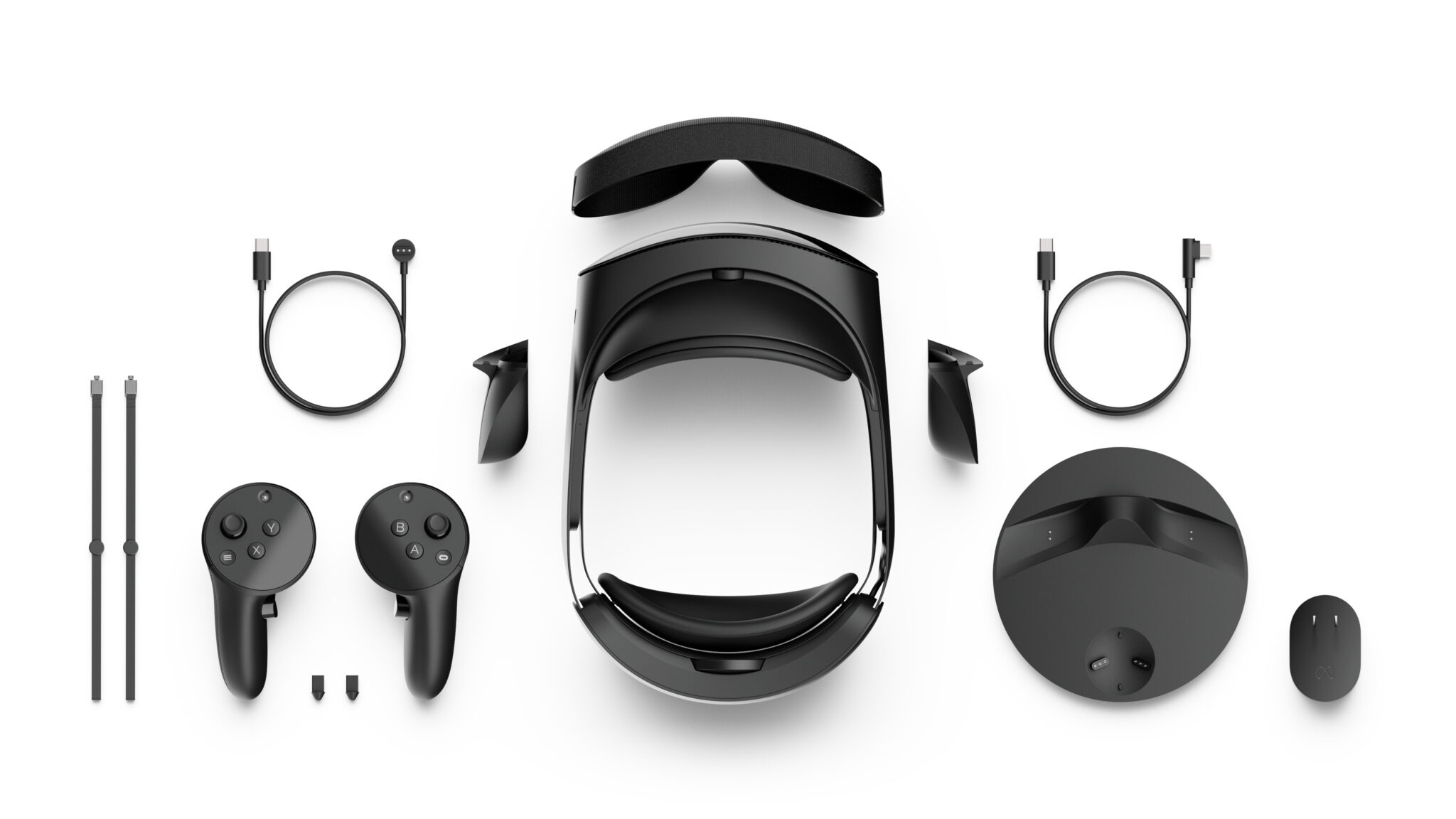
The $1500 price includes the headset, side light blockers, controllers, stylus tips, a 45W USB-C charger, a portable controller charger cable, and the charging dock. The headset and controllers attach to the dock with magnetic pogo pins, but you can also charge the headset via USB-C.
Quest Pro is available from the Meta Store online in the USA, UK, Canada, Ireland, France, Italy, Spain, Poland, Netherlands, Belgium, Sweden, Austria, Denmark, Finland, Norway, Australia, New Zealand, South Korea, Taiwan, and Japan.
It’s also sold by Amazon in the USA, UK, Canada, and France, Best Buy in the USA and Canada, Argos & Currys in the UK, and FNAC & Boulanger in France.

